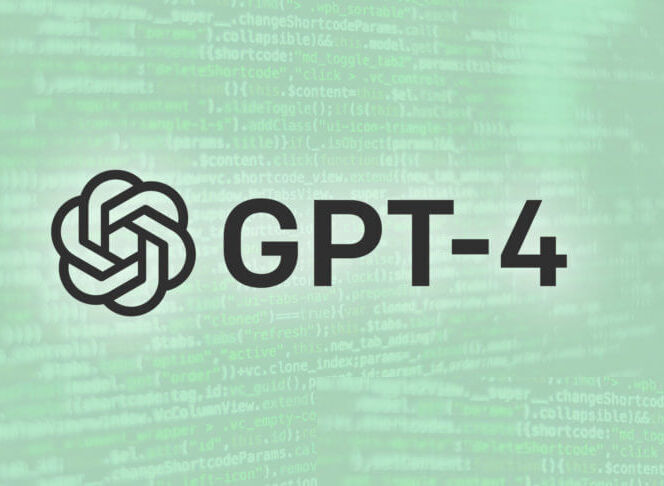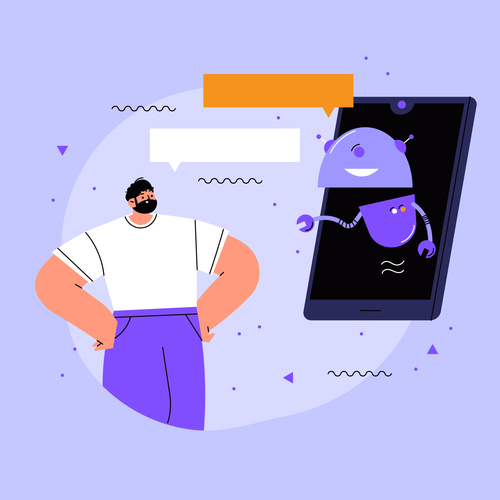OpenAI’s newest creation, GPT-4 Turbo, is transforming the capabilities of AI by seamlessly integrating technology and collaboration with humans. It surpasses mere text interpretation by navigating visual subtleties, intricate coding, and vast online domains. It has the potential to generate code, enhance artistic expression, provide intelligent financial advice, offer personalized fashion recommendations, assist with virtual self-representation, create imaginative stories, and help people achieve their fitness goals. GPT-4 Turbo is a versatile companion that is shaping a new technological narrative. It is not just a tool, but also a promise of unexplored possibilities, combining advancements in AI and human cooperation. It will be fascinating to observe how individuals interact with this groundbreaking technology.
AI-Generated Art: Ethical Implications for Ownership, Bias, Misinformation, and Artists
AI-generated art raises the ethical question of ownership. The artists who created the training data, the developers of the AI algorithm, and the users who generate the art all have a claim. There is no clear consensus on who should ultimately own AI-generated art.
One possibility is that AI-generated art could be considered public domain, meaning that it is not owned by anyone and can be freely used by anyone. Another possibility is that ownership could be determined by the copyright laws of the country in which it is created. A third possibility is that ownership could be shared by the artists, developers, and users.
Ultimately, the question of who owns AI-generated art is a legal one that will need to be decided by the courts. However, it is important to start thinking about this issue now so that we can develop clear and fair guidelines for the future.

